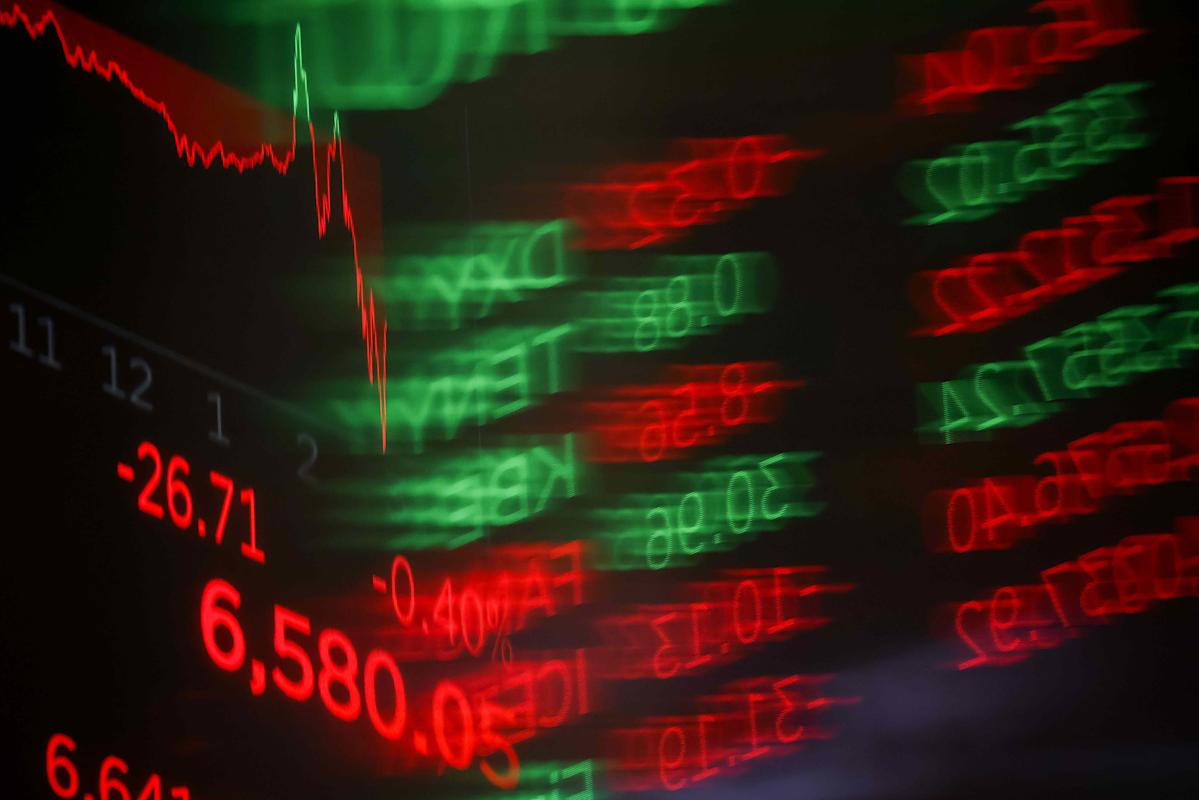The AI Stock Rally Has More Room To Run, Says BofA. Here’s How To Play a Possible Bubble
Michael Nagle / Bloomberg via Getty Images
The Magnificent Seven stocks have risen about 60% since early April.
-
According to a recent note from Bank of America strategists, the Magnificent Seven stocks, despite their massive run-up over the past few years, have yet to reach the levels that historically have signaled peak bubble.
-
The Mag 7 has rallied about 60% from its low point this year in early April, boosted by AI optimism, healthy earnings, and anticipation of lower interest rates.
-
BofA strategists suggest investors may be able to hedge against a tech bubble by going long on cheap, distressed equities and shorting the debt of richly priced tech companies.
The AI-driven rally in big tech stocks has more room to run, according to Bank of America strategists, who have some ideas about how investors can play a potential AI bubble.
Across nine equity bubbles since 1900, the average rise from start to peak has been 244%, according to analysts led by Michael Hartnett. At peak bubble, the average price-to-earnings ratio (P/E) has been 58, and stocks have traded 29% above their 200-day moving average.
The Magnificent Seven, Hartnett says, are the “best bubble proxy today.” Since March 10, 2023, the group of big tech stocks has risen 225% and currently trades at a P/E of 39. The group also trades about 20% above its 200-day average. Altogether, the data suggests “more to go” before tech valuations and stocks reach peak bubble.
Market watchers have warned of a big tech bubble for some time, but that hasn’t stopped investors from piling into the Mag Seven, drawn to their wide competitive moats, healthy balance sheets, and leadership in artificial intelligence.
The rally has stumbled on several occasions this year. In January, Chinese start-up DeepSeek rattled tech stocks with its super-efficient reasoning model. Then, in March and April, the Mag Seven stocks plummeted amid uncertainty about President Trump’s tariffs.
The Mag have rallied about 60% since early April’s “Liberation Day” rout. Some of those gains can be attributed to optimism about AI, but the group has also benefited from resilient earnings, a laxer regulatory and tax environment under President Trump, and hope for lower interest rates. (That hope was realized earlier this week when the Federal Reserve cut rates for the first time since December.)
With stocks trading at record highs and the return on AI investments far from certain, Hartnett and his team recommend a few strategies for hedging a potential AI bubble.
First, the team recommends a barbell strategy. “Asset bubbles boost economic growth, boosting cheap distressed value plays,” the analysts wrote. They point to the Dotcom bubble, and note the only market to outperform the Nasdaq between October 1998 and March 2000 was Russia, which was historically cheap after a post-Soviet debt crisis. Today’s equivalents may include Brazilian stocks, which trade at a P/E ratio of just 9, as well as British equities and global energy stocks.



Leave a Comment
Your email address will not be published. Required fields are marked *